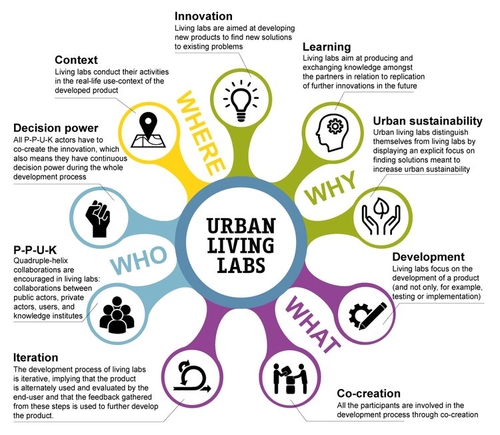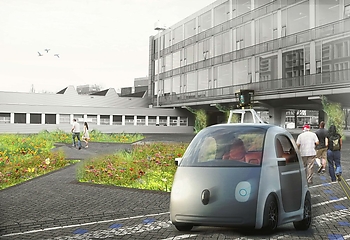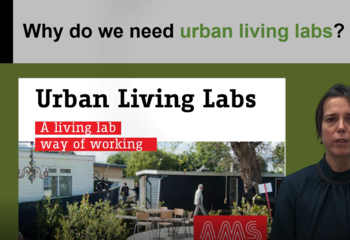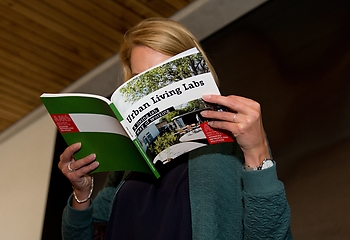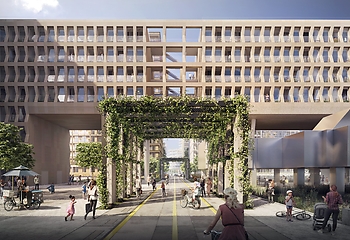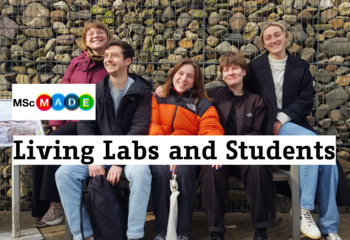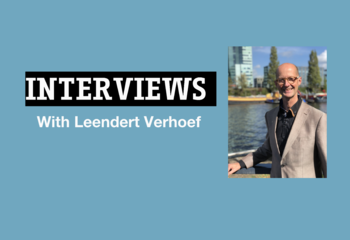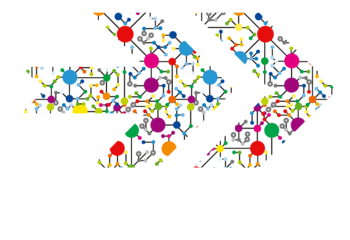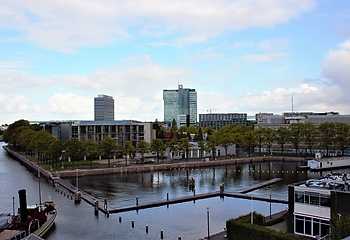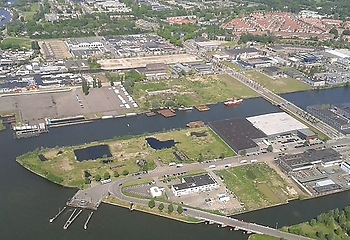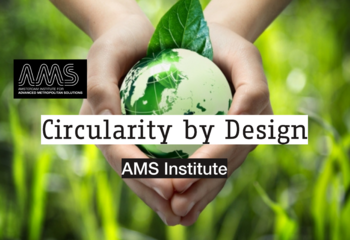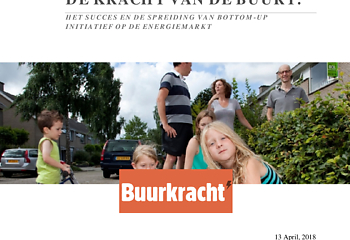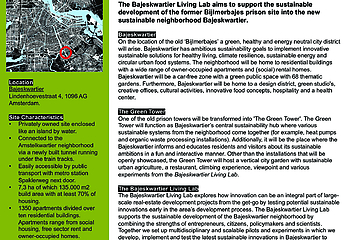The goal within our urban Living Labs is to make impact by developing new products on a small scale – be it an object, a service, a technology, an application, or a system – and to find solutions that can be implemented on a larger scale. This is done in a real-life and co-creating setting in which different stakeholders give shape to the innovation process. The actors are users, private and public actors, as well as knowledge institutes. In the process, the feedback gathered from use and evaluation of the product is used to accelerate further development. As the product is implemented in a real-life setting and validated by the involved actors, it is more likely to be adopted smoothly and swiftly by all involved, and subsequently have a large impact in the city quickly.
AMS Institute has 4 great Living Lab Projects which feature projects of their own:
By 2050, the municipality of Amsterdam wants to reduce its CO2 emissions by 95% compared to the emissions in 1990, with the aim of not further exceeding the natural limits of the earth. To achieve this goal, Amsterdam is working on a natural gas-free, emission-free and energy-neutral city.
Amsterdam Zuidoost goes a step further and wants to be energy neutral by 2040. The development of Amsterdam Zuidoost offers opportunities to combine sustainability with poverty reduction and social improvement. For example, by improving the living comfort of homes when they are renovated. Or by creating local employment during large-scale renovations. We call this a social energy transition.
Realizing this requires cooperation from many different parties. Both from the government and the residents, as well as from companies and researchers. The Energy Lab Zuidoost brings these parties together. The aim is to use scientific expertise to contribute directly to the issues and projects in Amsterdam Zuidoost.
Marineterrein Amsterdam is a test area and city quarter for learning, working and living in a liveable city. In the special and flexible approach, the test area gradually develops into a city quarter where there is room for open innovation, special forms of living, sports, recreation and greenery.
As the world changes faster and faster, a new approach is needed to solve social problems. How do we keep ourselves cool during the hot summers and limit the traffic on our streets? How do we continue to learn throughout our lives and limit the large number of school leavers? What role can technology play in this?
In the middle of the city, Marineterrein Amsterdam is the place where small and large companies, organizations, colleges and universities do experiments in the field of learning, working and living. In these partnerships, there is plenty of experimentation with technology and how it can improve the living environment.
In the former Bijlmer Bajes, the 'Healthy Urban Living Lab' has taken up residence. The Living Lab focuses on the (future) users of the Bajes Kwartier. Together with them, we are investigating how to design the area in such a way that it invites maximum exercise and meeting: crucial factors for good health and well-being.
The Urban Comfort Lab is a field lab / research facility near Schiphol which provides a semi-controlled urban environment in which the impact of measures to reduce aircraft noise, heat stress and air pollution are tested. The aim is to develop solutions which improve health and wellbeing in areas exposed to environmental noise.
